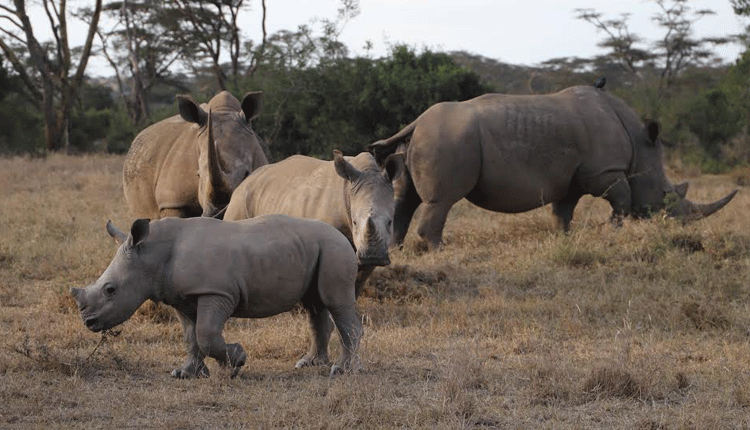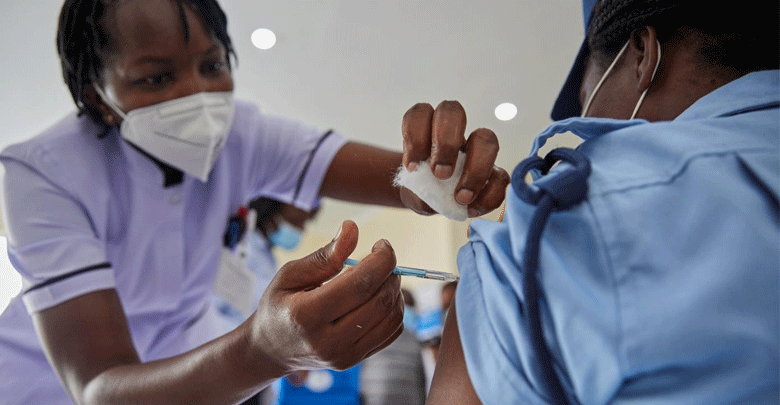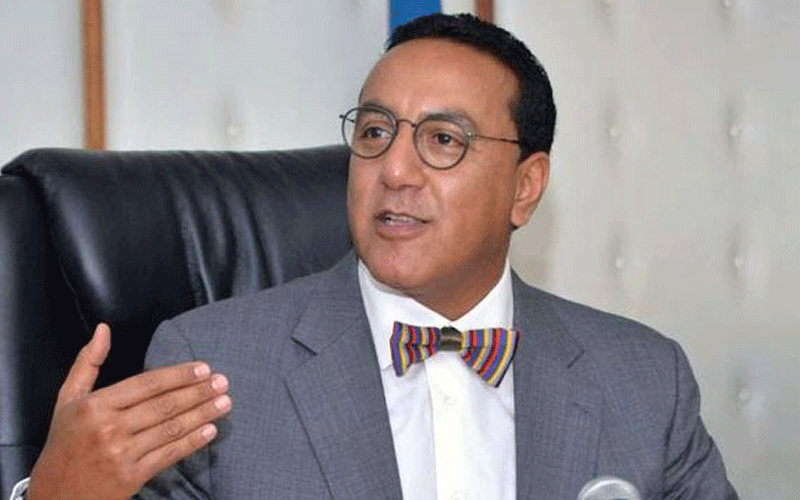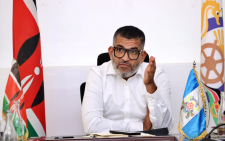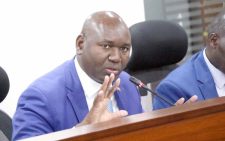Is it time to rethink conservation models?
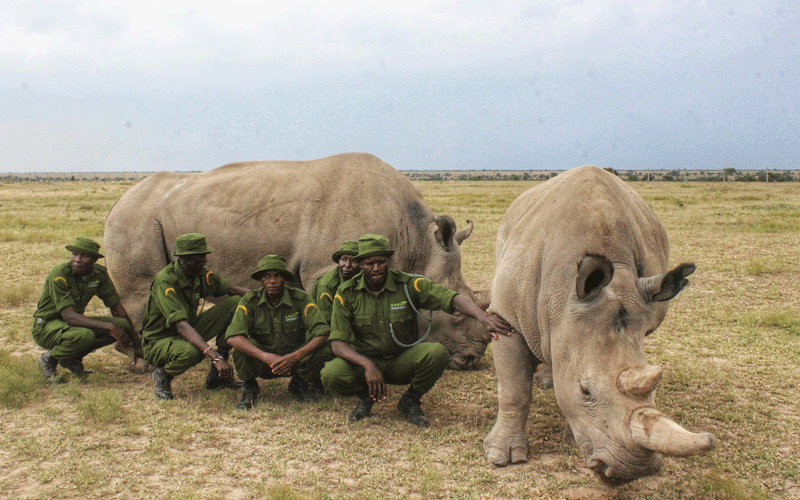
Harriet James @harriet86jim
The emergence of the conservancy model of wildlife conservation came in about as a result of human wildlife conflicts, the loss of space and connectivity as well as the impact of climate change.
To sustain these models, most conservancies established lodges and camps whose income supports their conservation efforts. Now with restrictions on travel, they have been adversely affected.
There have been concerns that should such restrictions continue, communities might revert to poaching, stakeholders may not be able to pay land owners and locals might revert to farming in conservation land.
It is against this background that discussions around sustainability of conservation and wildlife sector arose.
Speaking in a webinar dubbed, Covid-19 Sustainability & Remodeling of Wildlife Sector hosted by the CS Tourism and Wildlife, Najib Balala, Ol Pejeta Conservancy CEO, Richard Vigne, stated that even though fickle, revenue derived from tourism still forms the backbone of conservation income.
“There is a great opportunity to make tourism a whole better than it is currently.
We need to provide more engaging and immersing products and exploit every opportunity we have to earn money and to increase per person spend both in the parks and conservancies. Better products means more demands, which is later translated to more bed night sales and entry fees,” he said.
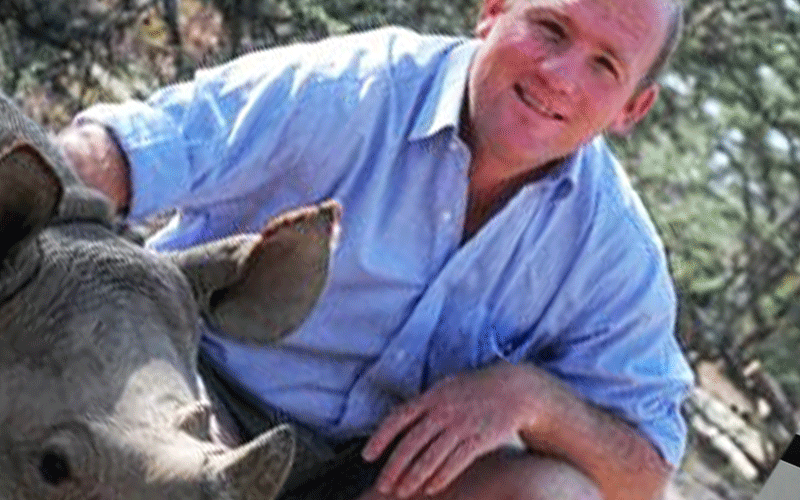
Before the pandemic, Ol Pejeta, the largest rhino sanctuary in East Africa, had about 110,000 people annually, 60 per cent of which was domestic. However with the pandemic, they have lost 95 per cent of their revenue.
“Conservation should be an engine for economic development and prosperity in as much as it is for wildlife conservation,” explained Vigne.
Both Loisaba and Borana conservancies hosts high-end properties, which go hand in hand with livestock keeping.
Local impact
“The kind of tourism we take does not reflect the cost of conservation. The actors who undertake massive cost of living including camps, lodges and conservancies sometimes are on the lower end of the benefit.
The commission agents sometimes take the lion share of the tourism cake. I think we need to rethink about that and how we need to create a tourism model that puts money to the products and eventually to the people,” Dickson Kaelo, CEO of Kenya Wildlife Conservancies Association argued.
Gilles Davies, the CEO of Lewa conservancy, urged players not to write off high-end tourism as it will still be a vital source of funds for conservation.
“Generating revenue is one thing and how it’s used is another. It’s important we get this right despite that it still hasn’t been done right. The issue of local economic impact is very important.
How much of the concession fees are vested in the local level, how much of the employment chain is vested at a local level, the supply and the tax chain and also ownership.
We should use donor money to bring ownership to locals, to reorganise the enterprises so that they can realign more closely or have more representation from local communities or even local conservation organisations,” he explained.
However, conservationist and ecologist Mordecai Ogada feels the tourism model is a con and a business to make profits rather than to fund anything.
“In Kenya, through NGOs, we are gradually privatising wildlife, water, forests and other sovereign resources.
I have no room for privatisation of any of our natural resources or conservation models thereof, which is national heritage. That is what is called colonialism,” he says.
He proposes that the locals be left to continue with livestock production and let wildlife coexist with livestock just as it was in the past when man lived with nature harmoniously.
“Conservation is not a problem. The issue is people being forced to give up livestock production in exchange of tourism, which will in turn not benefit them but other people,” says Ogada in conclusion.
